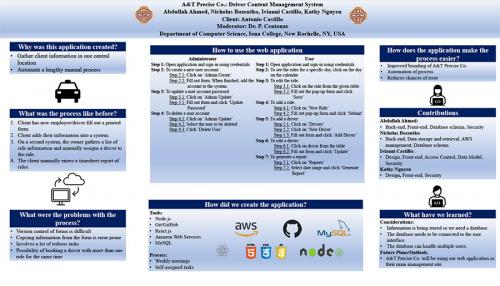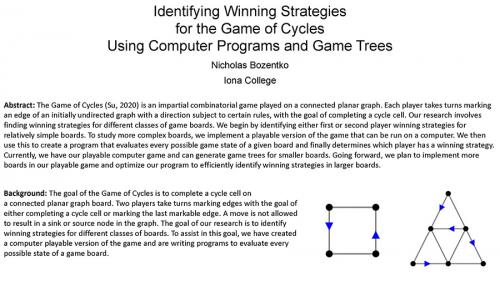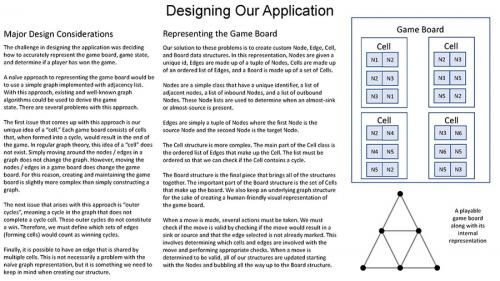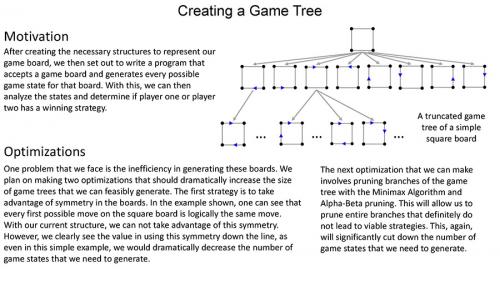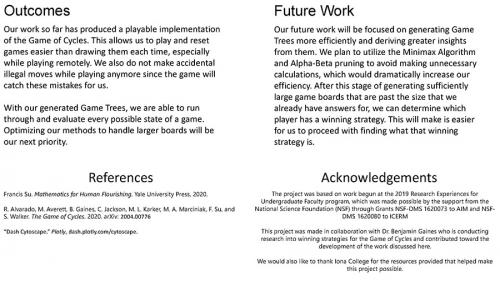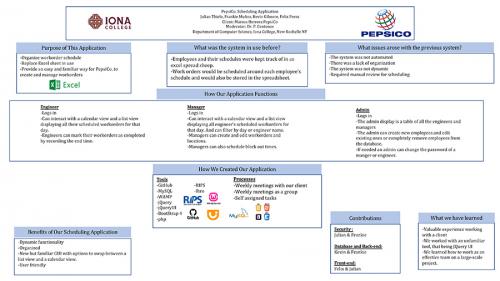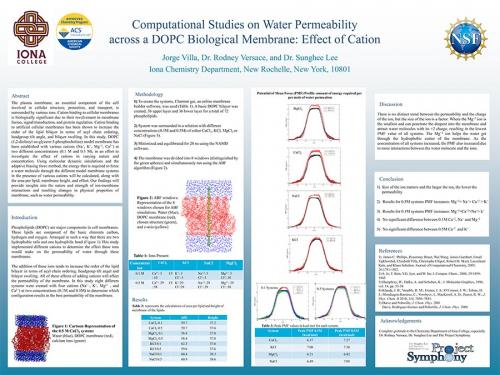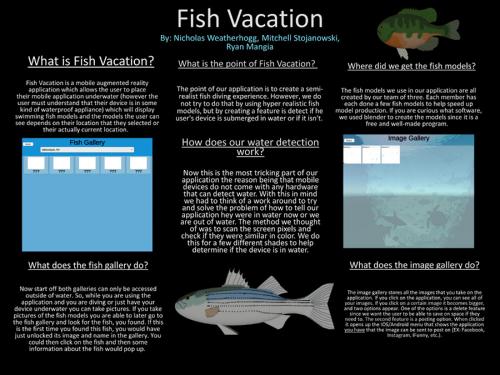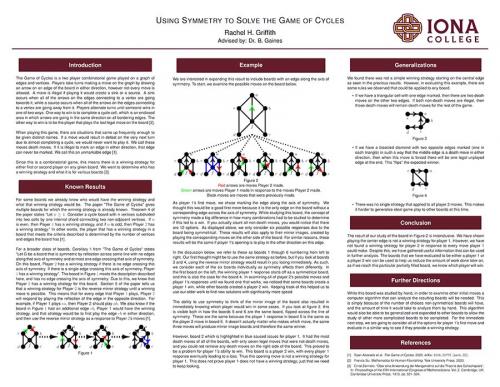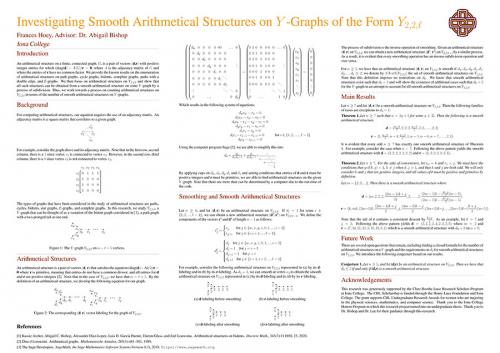ISD Poster Presentations: Mathematics & Computer Science
Welcome to Iona Scholars Day 2021! Each poster presentation includes a link to participate in a live Zoom session where attendees will have the opportunity to meet the presenters, ask questions and discuss the project. These live, interactive sessions will occur on April 22 from 11 a.m. - noon and 1 - 2 p.m.
Ivianni Castillo '21, Computer Science
Minor: Mathematics
Coauthors: Abdullah Ahmed '21, Computer Science, Nicholas Bozentko '21, Computer Science and Kathy Nguyen '21, Computer Science
Faculty Advisor: Paolina Centonze, Ph.D.
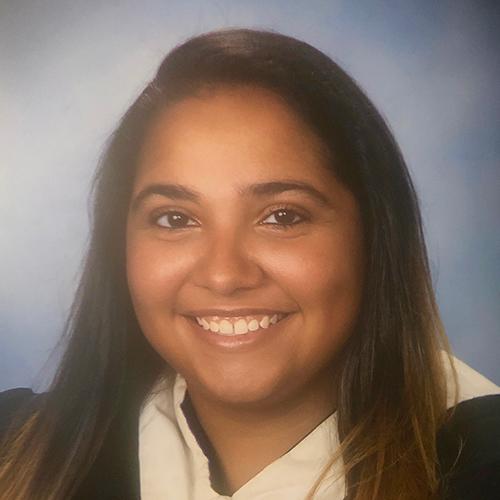
About Our Project and Who We Represent
A&T Precise Co. is a family run business that specializes in transportation. Their taxi services focus mainly on medical transport for patients who have Medicare and/or Medicaid. The company owners assign jobs to the drivers on a daily and monthly basis, keeping track of the number of calls and jobs that each driver takes up. Most of this information is handled by hand, therefore the owners need an application that can accomplish all their tasks and keep all their information in a central location.
Our web-application, that will also be accessible on smart devices, allows this to be possible. The program, accessible only to the owners, will allow for the user to hire new drivers electronically and deactivate any drivers that are let go or have quitted. The user will also be able to assign a new or pending job to any of the drivers, based upon their schedule. Lastly, the user will be able to generate weekly reports on each driver, seeing how many jobs they were able to take for the week.
Live Presentation
Join us at 1 p.m. for a live Zoom session where participants will have the opportunity to learn more about this project.
1 p.m. session: Join from PC, Mac, Linux, iOS or Android
Password: 632758
Gjergj Baca '21, Computer Science
Coauthors: Joseph Ruggeri '21, Computer Science and Robert Wisniewski '21, Computer Science
Faculty Advisor: Paolina Centonze, Ph.D.

Our project is about the technical solution for our client UpHome. UpHome is a Property Management startup that requires a mobile application to facilitate UpHome resides.
Live Presentation
Join us at 11 a.m. for a live Zoom session where participants will have the opportunity to learn more about this project.
11 a.m. session: Join from PC, Mac, Linux, iOS or Android
Password: 628554
Nicholas Bozentkoa '21, Computer Science
Faculty Advisor: Benjamin Gaines, Ph.D.

The Game of Cycles (Su, 2020) is an impartial combinatorial game played by two players on a connected planar graph with the goal of completing a cycle cell within the graph. This research attempts to identify winning strategies for many classes of game boards. To assist in this goal, we have created a computer playable version of the game and are writing programs to evaluate every possible state of a game board.
Live Presentation
Join us at 1 p.m. for a live Zoom session where participants will have the opportunity to learn more about this project.
1 p.m. session: Join from PC, Mac, Linux, iOS or Android
Password: 632758
Julian Thiele '21, Computer Science
Coauthors: Felix Perez '21, Computer Science, Kevin Gilmore '21, Computer Science and Francisco Munoz '21, Computer Science
Faculty Advisor: Paolina Centonze, Ph.D.
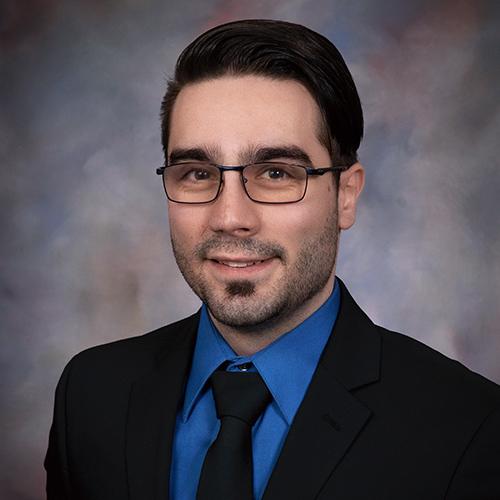
Live Presentation
Join us at 11 a.m. for a live Zoom session where participants will have the opportunity to learn more about this project.
11 a.m. session: Join from PC, Mac, Linux, iOS or Android
Password: 628554
Laydon Owens '21, Computer Science
Coauthors: Brijian Levesque '21, Computer Science, Jose Lopez '21, Computer Science, Pat Sammon '21, Computer Science and Azka Ghaffar '21, Computer Science, Concentration in Cyber Security and Minor in Math
Faculty Advisor: Paolina Centonze, Ph.D.
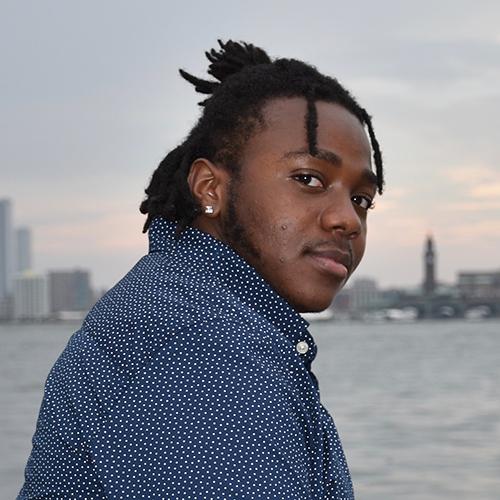
From a survey that we conducted, 67% of drivers in New York agreed with the fact that they face daily problems on finding parking places for their cars. For 36% of them, it takes 15-30 minutes to find an open parking spot, and they usually spend 10-20 USD on parking. In addition, 60% of interviewed people stated they felt frustrated about the parking situation in their city. Our aim is to reduce the frustration each one of us suffers each day when looking for a parking spot. By creating a unique drivers community Vinny will direct you to other users who are leaving the spot, so you can find a potential spot whenever you need. At the same time, we want to help people save money by helping users know if they can park or not and allow them to reserve a paid spot in garages.
Live Presentation
Join us at 11 a.m. for a live Zoom session where participants will have the opportunity to learn more about this project.
11 a.m. session: Join from PC, Mac, Linux, iOS or Android
Password: 628554
Jorge Villa '22, Computer Science
Faculty Advisors: Rodney Versace, Ph.D. and Sunghee Lee, Ph.D.
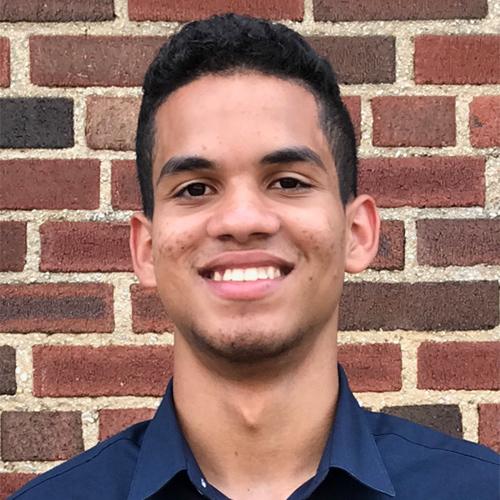
Hello, my name is Jorge Villa, I am a Junior computer science major. My project focuses on the effect of different cations on water permeability of a DOPC bilayer membrane. It’s important to understand how these natural cations effect the membrane and its permeability as it allows for insight into the membrane’s behavior. Six systems were created using an online bilayer builder called Charmm-gui, and molecular dynamics simulations were performed using NAMD. After equilibration, the membrane was split into eight windows and the ABF method was applied in parallel for 100ns. The PMF value was recorded which is the energy in kcal/mol required to pull the water molecule at each step. For every system the higher concentration variant resulted in higher PMF values meaning lower permeability. What we found is that the size of the ion had more of an affect than the charge of the ion., where Mg+2 being the smallest ion had the highest permeability. Smaller ions can penetrate the membrane deeper and aid the water molecule by attracting it into the hydrophobic center of the membrane. Additionally, no significant difference was found between Ca+2, Na+, and Mg+2 in the 0.5M concentration systems, and no significant difference was found between Ca+2 and K+ in the 0.1M concentration systems. I would like thank funding support from the National Science Foundation and Project Symphony Research Group member. I will be available to answer any questions you may have, thank you for visiting my poster.
Live Presentation
Join us at 1 p.m. for a live Zoom session where participants will have the opportunity to learn more about this project.
1 p.m. session: Join from PC, Mac, Linux, iOS or Android
Password: 632758
Nicholas Weatherhogg '21, Computer Science
Coauthors: Ryan Mangia '21, Computer Science and Mitchell Stojanowski '21, Computer Science
Faculty Advisor: Paolina Centonze, Ph.D.

We created a mobile application people can use to take photos of fish while their mobile device is submerged underwater. If the device is submerged in water, the application will display fish based on the user's location or selected location. The user's goal is to take pictures of these fish and to unlock information about them in the fish gallery.
Live Presentation
Join us at 1 p.m. for a live Zoom session where participants will have the opportunity to learn more about this project.
1 p.m. session: Join from PC, Mac, Linux, iOS or Android
Password: 632758
Rachel Griffith '23, Computer Science and Mathematics
Faculty Advisor: Benjamin Gaines, Ph.D.
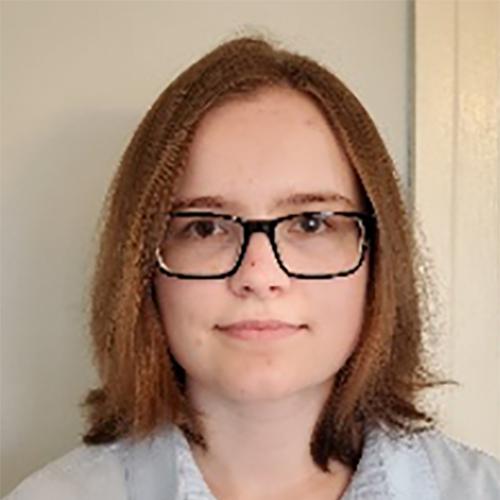
Abstract
The Game of Cycles is a combinatorial game played on a graph consisting of edges and vertices with rules as to what moves are legal and what are not. In combinatorial games such as this, there is always a winning strategy. We can describe a winning strategy one of the players can use to win on a particular board. While we are interested in finding simple strategies for different classes of boards, this is not always possible. In this project we attempt to describe a winning strategy for a particular symmetric board. This board showed the challenges in finding a generalized pattern for who wins on a given board. Different strategies had to be used depending on the second player's responses, with some repetition but no general pattern. We showed that for player 1, playing the center move on this board is not an effective first move despite initial positive results.
Main Result
As player 1's first move, we chose marking the edge along the axis of symmetry. We thought this would be a good first move because it is the only edge on the board without a corresponding edge across the axis of symmetry. While studying this board, the concept of symmetry made a big difference in how many combinations had to be studied to determine if this led to a win. If you actually count all non-death moves, you will notice that there are 12 options. As displayed above, we only consider six possible responses due to the board being symmetrical. These results will also apply to their mirror images, created by playing the corresponding moves on the other side of the board. For similar reasons, these results will be the same if player 1's opening is to play in the other direction on this edge.
In the discussion below, we refer to these as boards 1 through 6 numbering from left to right. Our first thought might be to use the same strategy as before, but if you look at boards 3 and 4, using the reverse mirror strategy would result in you losing immediately. As such, we consider each of the six boards individually as symmetry affects them differently. In the first board on the left, the winning player 1 response starts off as a symmetrical board, and this is also the case for the board 4. In examining all of player 2's possible moves and player 1's responses until we found one that works, we noticed that some boards create a player 1 win, while other boards created a player 2 win. Keeping track of this helped us to use our older work to find new solutions with significantly more speed.
The ability to use symmetry to think of the mirror image of the board also resulted in immediately knowing which player would win in some cases. If you look at figure 2, this is visible both in how the boards 5 and 6 are the same board, flipped across the line of symmetry. These are the same because the player 1 response in board 5 is the same as the player 2 move in board 6. It doesn't actually matter who makes which move, the same three moves will produce mirror image boards and therefore the same winner.
However, board 2 which is highlighted in blue caused issues for player 1. It had the most death moves of all of the boards, with only seven legal moves that were not death moves, and you could not remove any death moves on the right side of the board. This proved to be a problem for player 1's ability to win. This board is a player 2 win, with every player 1 response eventually leading to a loss. Thus, this opening move is not a winning strategy for player 1. This does not prove player 1 does not have a winning strategy; just that we need to keep looking.
Live Presentation
Join us at 11 a.m. for a live Zoom session where participants will have the opportunity to learn more about this project.
11 a.m. session: Join from PC, Mac, Linux, iOS or Android
Password: 628554
Frances Hoey '21, Mathematics
Abigail Bishop, Ph.D.
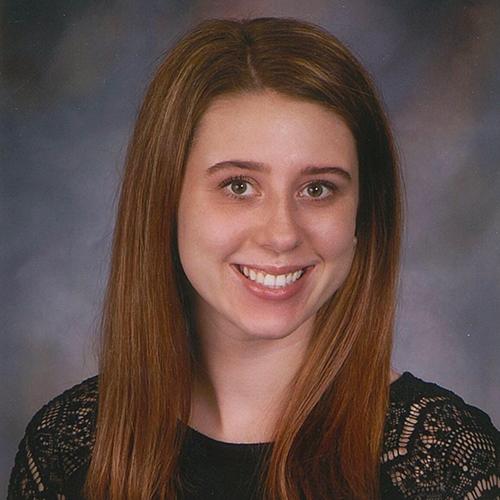
An arithmetical structure on a finite, connected graph, G, is a pair of vectors (d,r) with positive integer entries for which (diag(d) - A(G))r = 0, where A is the adjacency matrix of G and where the entries of r have no common factor. We focus on arithmetical structures on the graph of Y_{2,2,ℓ} and show that all such structures can be obtained from a smooth arithmetical structure on some Y-graph by a process of subdivision. Thus, we work towards a process on counting arithmetical structures on Y_{2,2,ℓ} in terms of the number of smooth arithmetical structures on Y-graphs.
Live Presentation
Join us at 1 p.m. for a live Zoom session where participants will have the opportunity to learn more about this project.
1 p.m. session: Join from PC, Mac, Linux, iOS or Android
Password: 632758



